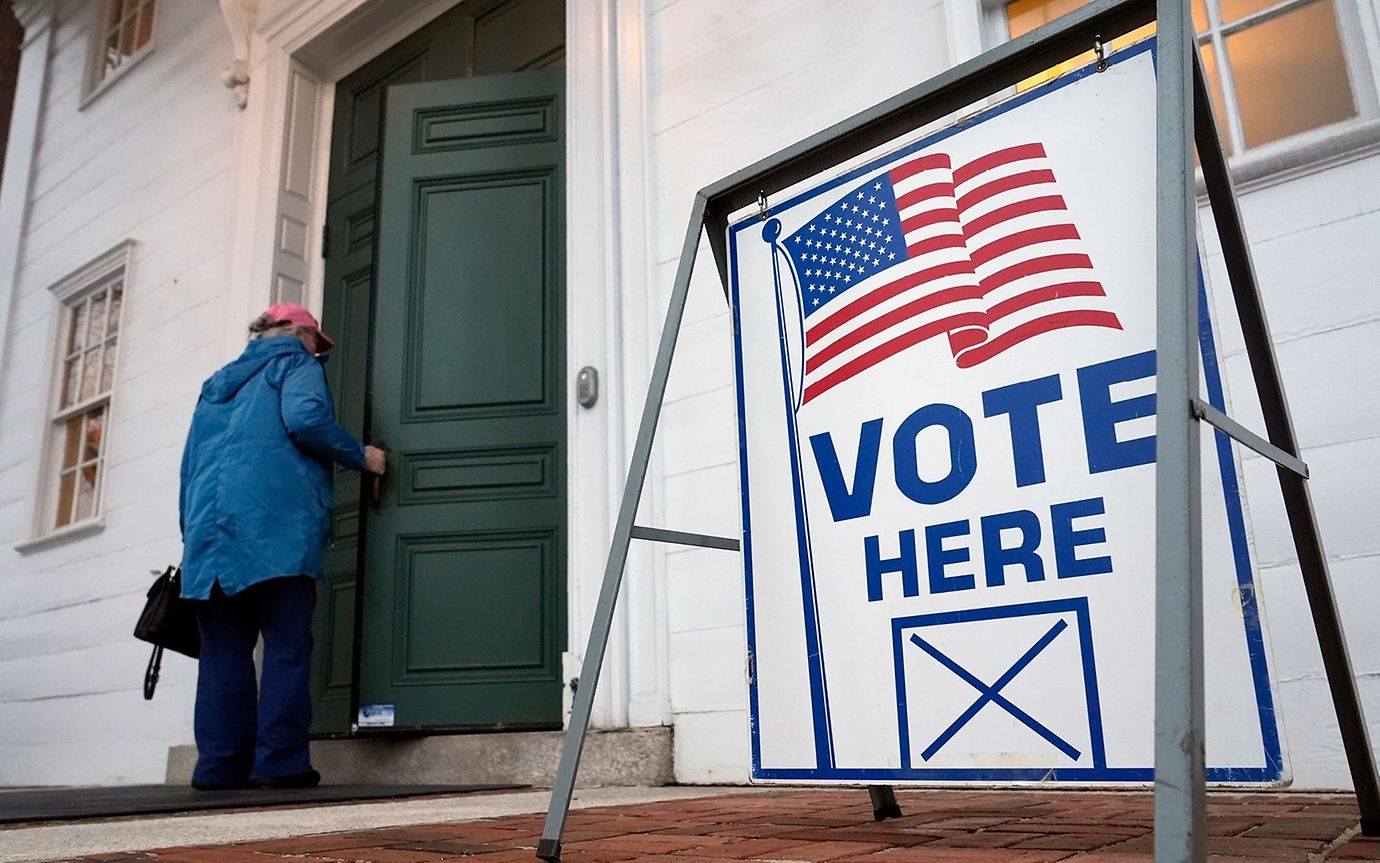在此处更改您的语言和 LGT 位置。
私人客戶的數碼平台
登錄 LGT SmartBanking
金融中介機構的數碼平台
登錄 LGT SmartBanking Pro
解答常見問題 (FAQ)
LGT SmartBanking 幫助
解答常見問題 (FAQ)
LGT SmartBanking Pro 幫助
In a race focused on the economy and social issues, Harris vs Trump presents the electorate with stark choices - at least when it comes to the rhetoric. The implications for GDP growth and the fiscal deficit in the US are not as grave as you might think, however, while the inflation outlook hinges on the election outcome.

All political candidates in US presidential elections promise a lot. This race is no different. Donald Trump is pledging an extension of income and possibly corporate tax cuts, stronger enforcement of immigration laws, and critically, significant new tariffs on imported goods. What that would mean: lower tax revenues and higher inflation.

Kamala Harris wants to raise taxes on the rich and large corporations, while expanding tax breaks for smaller businesses. She also vows to strengthen the middle class, expand the child tax credit, and make housing more affordable. What that would mean: higher tax revenues and higher government spending.
So far, so good - a viable choice for voters. But this view doesn't take account of whether either candidate could actually enact these measures should they become president. After all, alongside the presidential election, US voters will be electing a new Congress, which, depending on its composition, is unlikely to rubber stamp many of these policies in their current format.
Going forward, Congress will act as the "strict parent" by putting a lid on spending. It's perhaps best to think of the candidates' campaign promises as more like a child's birthday wish-list rather than as actual predictions. Not all parts of either candidate's policy agenda will come to pass. Rather, their proposals are likely to be watered down, especially under a Congress, where the House of Representatives and the Senate are controlled by different parties.

Changes to taxes, such as Harris' child tax credit and Trump's extension of the 2017 income tax cuts, as well as corporate tax changes, would require Congressional approval by both the House and the Senate. This would only be likely if both parts of Congress, and the Presidency, were held by the same party.
Conversely, tariffs can be implemented by presidential executive order. Both candidates suggest expanding tariffs on Chinese goods, but Trump is pledging a 60% tariff on Chinese imports and a more strategic decoupling of many other activities with China. Harris' tariff proposals are less clear, although they seem to revolve around maintaining the current position, in the interests of national security and military and technological dominance. Trump would also like to impose a universal 10% tariff on all imported goods, to protect and revive American manufacturing.

At LGT, we have assessed what would happen to US growth and inflation rates should the policy proposals of Harris and Trump be enacted. In our view, GDP growth would not be affected much by either set of proposals. Trump's tax cuts could stimulate consumer demand, but this could potentially be offset by a drop in consumption due to the sting of tariffs. The Harris agenda is most likely GDP neutral or possibly modestly positive, given that she is proposing no tax hikes for people with lower incomes.
When looking at inflation, much depends on which parts of each candidate's policy agenda is implemented. With Harris suggesting that she would maintain most of Biden's policies, alongside some reordering of the tax landscape and stronger social spending, inflation could be kept in check.
Balancing the budget is not a priority for either candidate.
If Trump's tariff policy is implemented in full, this could potentially lift the PCE (Personal Consumption Expenditure) price index by a full percentage point. This would be significant, as PCE is currently at 2.6%, thus above the 2% target that the central bank is aiming for. This calculation does not reflect potential reciprocal actions by other countries, or currency fluctuations, but it is unquestionable that a rise of this magnitude would make the Federal Reserve Bank's job much harder.
We have also assessed the effect of the Harris or Trump policies on the deficit. As a baseline, the Congressional Budget Office (CBO) is predicting a cumulative projected deficit over the next ten years of 26 trillion USD, which equates to an annual fiscal deficit in the order of 6% to 7% of GDP each year until 2034.

In looking at their proposals, it is evident that balancing the budget is not a priority for either candidate. From what we know about the Harris agenda so far, her promises may be roughly budget neutral, but many areas are still unclear and could add to the total. Our estimate is that the deficit could develop in line with the CBO estimate of 7%, or be a bit higher. Bear in mind though, budget neutral means that the US still amasses a budget deficit of 26 trillion USD by 2034.
Trump's agenda, with the massive tax cut extension, could add 1% to 1.5% of GDP to the budget deficit each year. However, there is also the potential revenue gain from import tariffs, which could amount to anywhere, potentially between 2 trillion USD and 4 trillion USD over the decade, again not taking into account any reciprocal measures.
Elections are not always lost or won on policy projections. Perception can turn the tide. The economy has been a key focus of this election, but interestingly, while the US economy is quite strong according to the aggregated economic numbers, voters remain unhappy. In general, polling is showing that Americans trust Trump on the economy more than Harris, even though the Biden presidency has delivered a strong, yet highly unequal economic outcome. They favour Harris on social issues.
LGT’s experts analyze global economic and market trends on an ongoing basis. Our research publications on international financial markets, sectors and companies help you make informed investment decisions.